Description
About the book :
Stories from Inscriptions : Profound Real-Life tales from Hindu Cultural History
Hindu inscriptions are actually Government records. Therefore, they provide us authentic and detailed information about historical events and people that they record. A single inscription often contains valuable information related to events occurring in different periods. In fact, some inscriptions are so profound that merit a serious study for its own sake.
Hindu inscriptions also exhibit a powerful element of civilisational and cultural continuity and reveal the fundamental unity of India cutting across kingdoms and geographies within this sacred land.
However, it is astounding to note that till date, there are any number of Indian history scholars who parrot the colonial British falsehood that Hindus have no sense of history. Our inscriptional wealth is perhaps the most glaring proof to the contrary.
Just as India is home to the world’s largest number of UNESCO World heritage Sites, it also has the world’s largest repository of inscriptions. Our inscriptions are the mute witnesses waiting to narrate the story of our civilisation to the patient and willing listener.
Above all, every Hindu inscription, drawn from any part of Bharatavarsha, is unambiguously consistent in one
aspect: the fundamental values that Hindus lived and died by. Truth, dharma, piety, charity, compassion, reverence for women, sacrifice, loyalty, heroism, and valour.
Stories from Inscriptions derives its inspiration from the inscriptions themselves. The purpose of this book is to introduce various aspects of Bharatavarsha’s long, eventful, and often tragic history as narrated by her kings and ministers, businessmen and Bhaktas, and bards and warriors in their own words through the medium of inscriptions.
The undertone is value, and historical facts provide the spatiotemporal context in which these
values unfurl themselves through the lives and deeds of our ancestors. The fifteen stories in this book are sprawled across a sizeable geography of Bharatavarsha. They span a timeline ranging from he 9th century CE up to the 17th century CE.
About the Author :
About the Author :
Sandeep Balakrishna is a writer, author, editor, speaker and independent researcher with about 20 years of writing on Indian history, culture, literature and temples.
He is the author of the bestselling books Tipu Sultan: The Tyrant of Mysore, which has been widely referenced and quoted in mainstream publications and television programmes, and Madurai Sultanate: A Concise History. He is also the author of the critically acclaimed work, 70 Years of Secularism: Unpopular Essays on the Unofficial Political Religion of India, 10 Lessons from Invaders and Infidels : From Sindh to Delhi. He has also translated the legendary Kannada novelist Dr S.L. Bhyrappa’s critically acclaimed work Aavarana into English, as Aavarana: The Veil, which is now in its twelfth reprint.
During the last 20 years, he has authored over 900 articles, essays, critiques, academic papers and delivered lectures on numerous topics related to these themes at institutions like the Indian Council of Philosophical Research, IIM Bangalore, Sri Aurobindo Society, Shree Somanath Sanskrit University, Bangalore University and Amrita University, to name a few. He writes in both English and Kannada. His articles, columns and research papers have appeared in prestigious journals, newspapers and magazines in both print and digital format.
Sandeep is the founder and editor of The Dharma Dispatch, an online journal dedicated to Indian civilisation, culture and history, and a contributing editor at Prekshaa Journal.

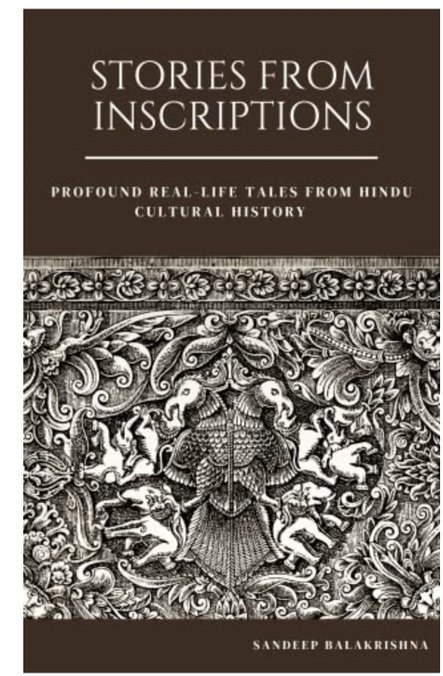


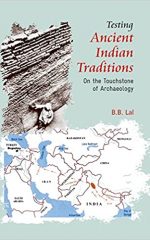

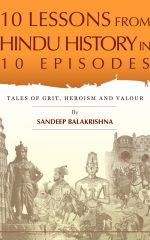

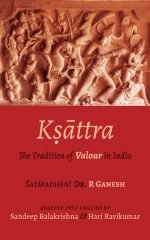
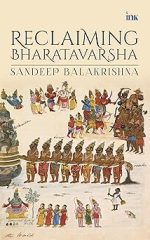
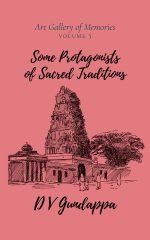
Reviews
There are no reviews yet.